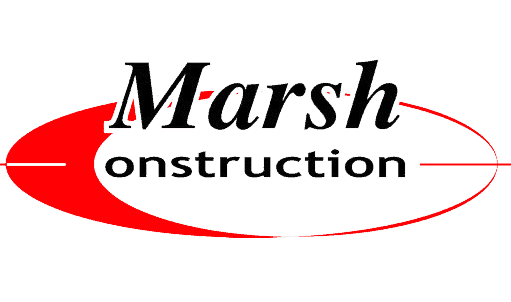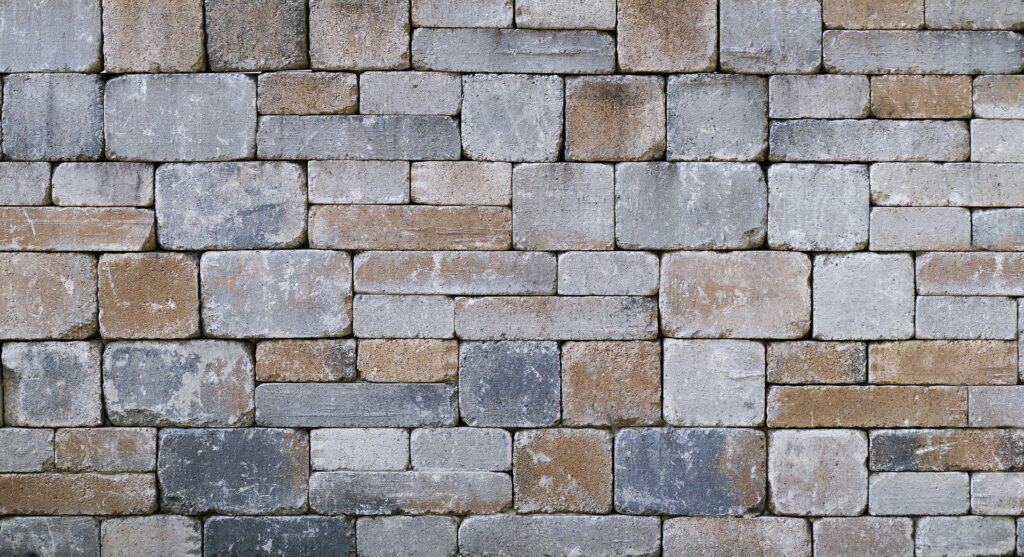The Timeless Artistry of Brickwork
Brickwork, an age-old craft that has stood the test of time, is not merely about building structures; it’s about creating lasting legacies. From ancient civilizations to modern architectural marvels, the enduring charm of bricks and the craftsmanship of bricklayers have left an indelible mark on our world. In this 1000-word blog post, we will take a deep dive into the world of brickwork, exploring its history, versatility, sustainability, and contemporary applications.
A Brief History of Brickwork
Brickwork dates back to 7000 BC when early civilizations began using sun-dried mud bricks for construction. However, it was the ancient Mesopotamians who took the craft to the next level by introducing fired clay bricks around 4000 BC. These fired bricks, known for their durability, played a pivotal role in the construction of the Mesopotamian ziggurats and the renowned Hanging Gardens of Babylon.
Versatility of Brickwork
One of the defining characteristics of brickwork is its incredible versatility. Bricks come in various sizes, colors, and textures, making them suitable for an array of applications. Here are a few of the most common uses:
Structural Walls: The most traditional application of bricks is in the construction of load-bearing walls. Bricks provide stability and durability, making them ideal for residential and commercial buildings.
Accent Walls: Contemporary interior design often includes exposed brick walls, which add a rustic and cozy feel to homes, restaurants, and offices.
Pavers and Pathways: Bricks can be used to create stunning pathways, driveways, and patios. Their uniformity and natural aesthetic make them a popular choice for outdoor hardscaping.
Fireplaces: The heat resistance of bricks makes them a perfect choice for building fireplaces. They add a touch of tradition and warmth to any living space.
Retaining Walls: Bricks can be used to create sturdy retaining walls that prevent soil erosion and add an appealing element to gardens and landscapes.
Decorative Elements: Bricks are often used to create decorative elements like arches, columns, and intricate patterns in masonry, showcasing the artisanal side of brickwork.


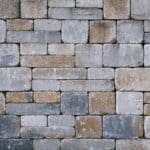
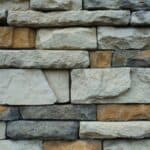
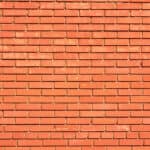

Sustainability in Brickwork
In today’s world, sustainability is a key consideration in construction, and brickwork is no exception. Bricks have several characteristics that align with sustainable building practices:
Longevity: Bricks are known for their durability and resistance to the elements. A well-built brick structure can last for generations, reducing the need for frequent renovations and replacements.
Energy Efficiency: Bricks have excellent thermal mass properties, which means they can absorb, store, and release heat slowly. This contributes to a more stable indoor temperature and reduces energy consumption for heating and cooling.
Recyclability: Bricks can be recycled and reused, further reducing their environmental impact. In some cases, old bricks from deconstructed buildings are cleaned and repurposed for new construction.
Low Maintenance: Brick surfaces are relatively easy to clean and maintain, reducing the need for harsh chemicals or excessive water use.
Locally Sourced Materials: Using bricks made from local clay or shale reduces transportation emissions and supports the local economy.
The Art of Bricklaying
Bricklaying is a skilled craft that requires precision, attention to detail, and a deep understanding of materials. It’s more than just stacking bricks; it’s a process that involves mortar, spacing, and leveling. A skilled bricklayer can turn a pile of bricks into a work of art, whether it’s a perfectly aligned wall or an intricate mosaic.
Modern Innovations in Brickwork
While brickwork is steeped in tradition, it hasn’t been immune to modern innovations. Contemporary architects and builders are finding new and exciting ways to incorporate bricks into their designs:
Thin Bricks: Thin bricks are thinner and lighter than traditional bricks, making them more versatile for interior and exterior applications. They provide the classic brick look without the bulk.
Clay and Concrete Blends: Some modern bricks are made from a blend of clay and concrete, combining the durability of concrete with the classic aesthetic of clay bricks.
Sustainable Brick Production: Sustainable brick manufacturing processes, including energy-efficient kilns and the use of recycled materials, are becoming more common.
Brick Veneer: Brick veneer is a popular choice for home exteriors, offering the look of solid brick without the weight. It’s an excellent option for those looking for the timeless charm of brick without the structural requirements.
The Timeless Appeal of Brickwork
In a world where construction materials and techniques continue to evolve, brickwork remains an enduring testament to the craftsmanship and sustainability that have made it a cornerstone of architecture for thousands of years. The versatility, durability, and aesthetic appeal of bricks make them a popular choice for both historical restoration projects and cutting-edge modern designs. Whether it’s a quaint brick pathway in a garden, an elegant brick facade on a historic building, or a cozy interior brick wall, the artistry of brickwork continues to captivate our imaginations and enrich our built environment.
